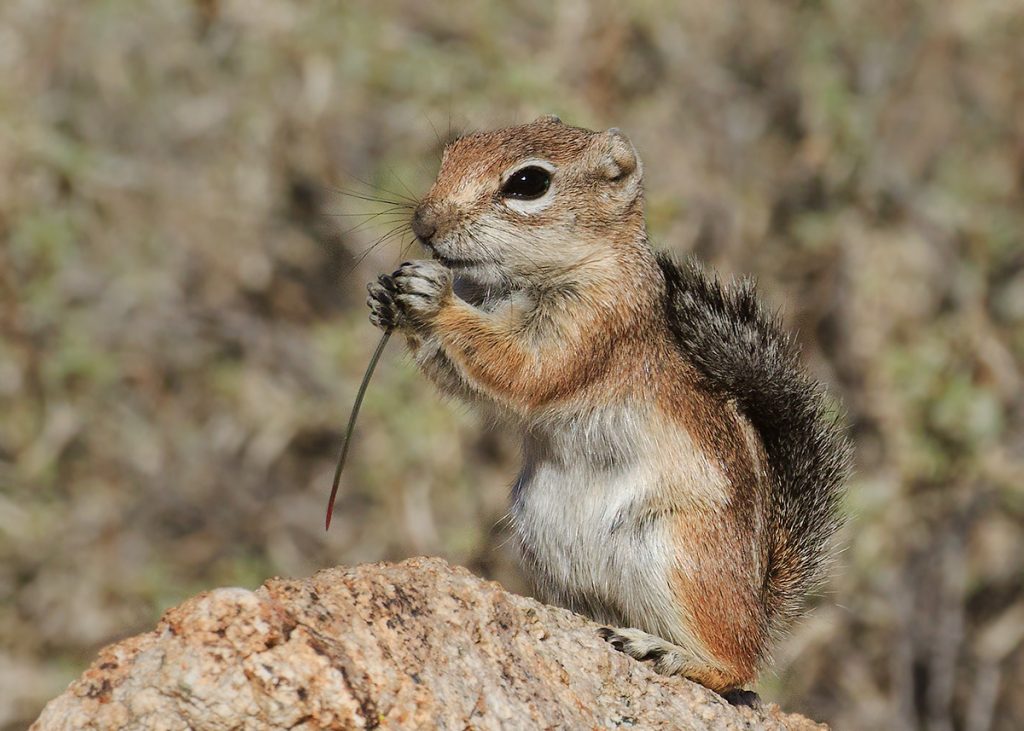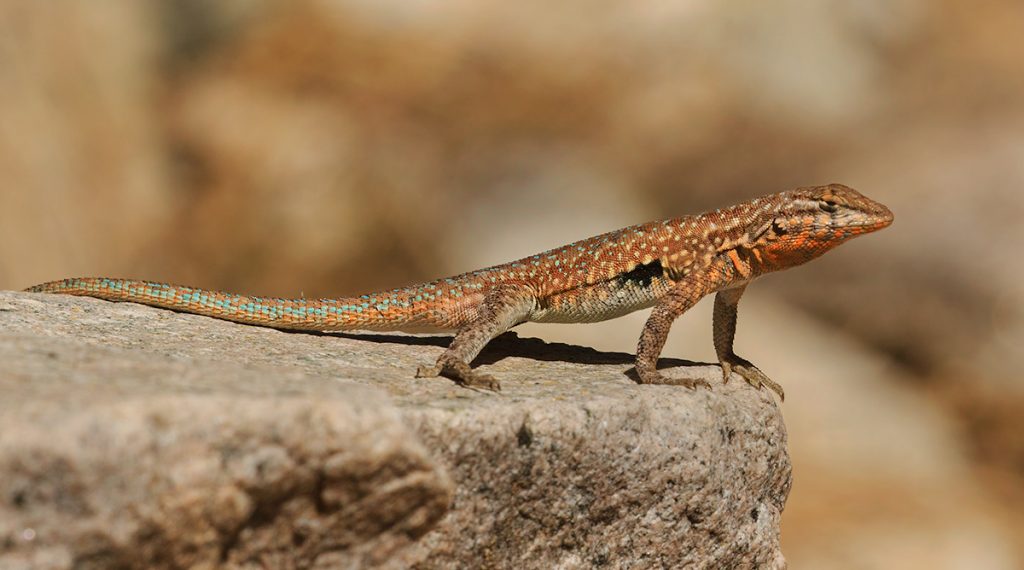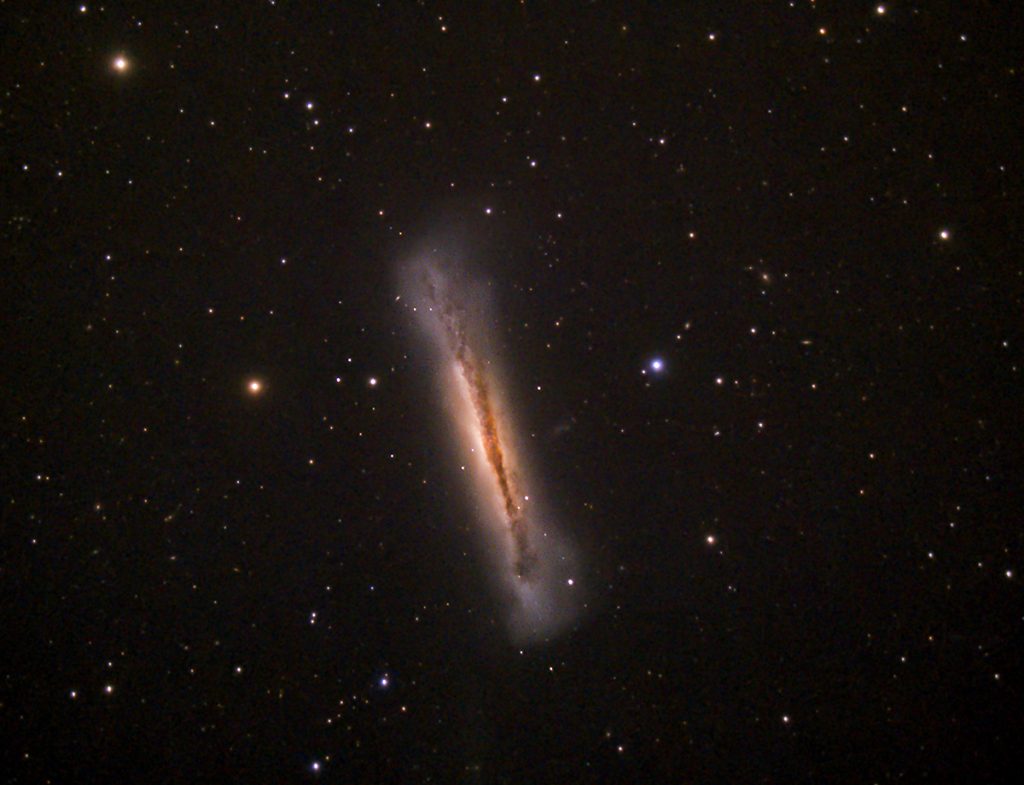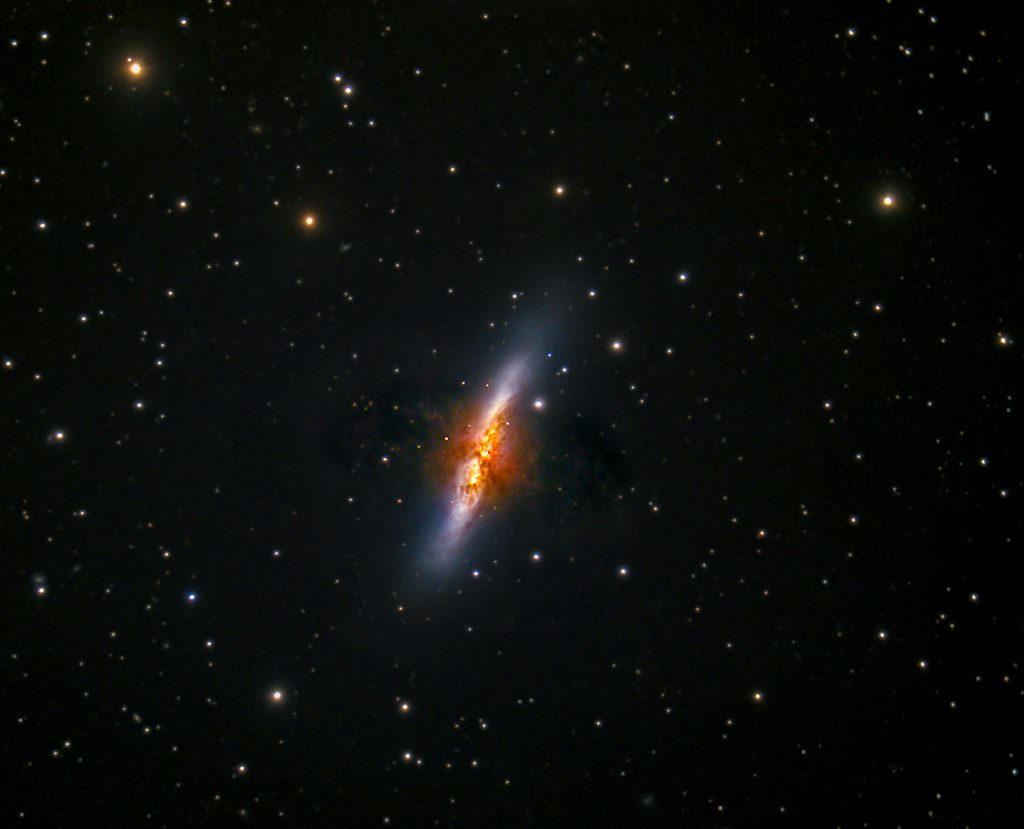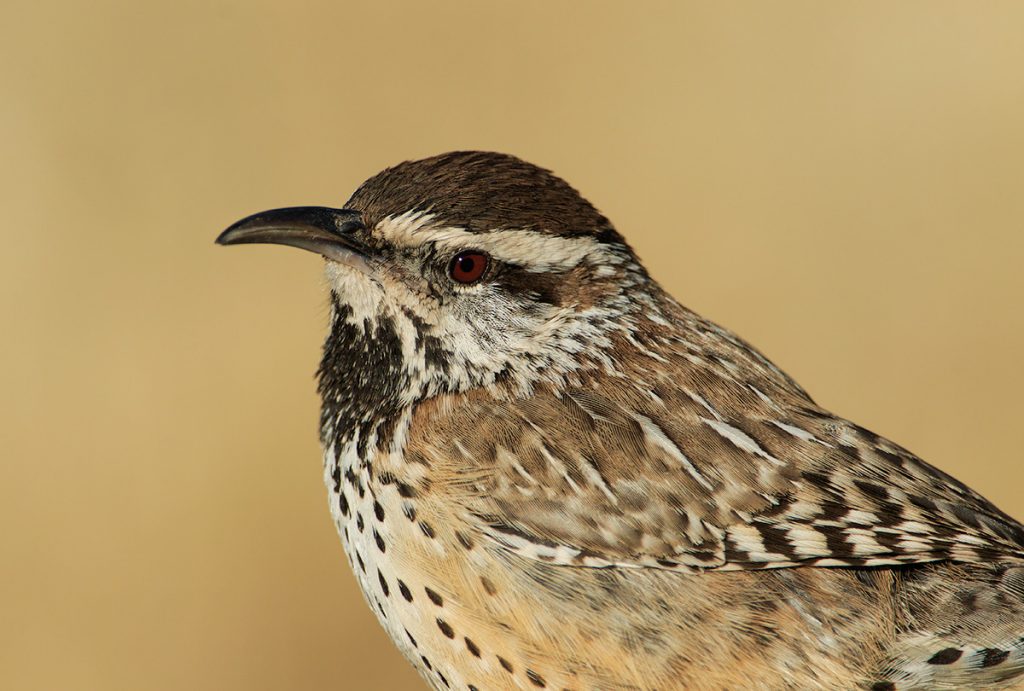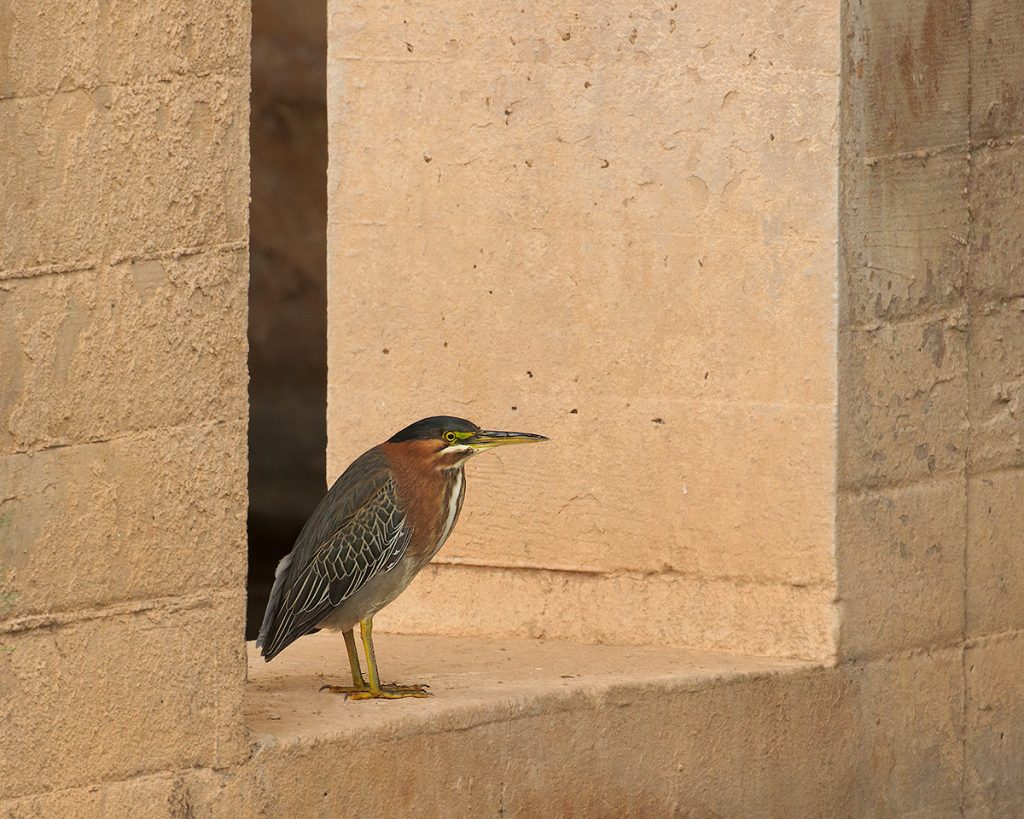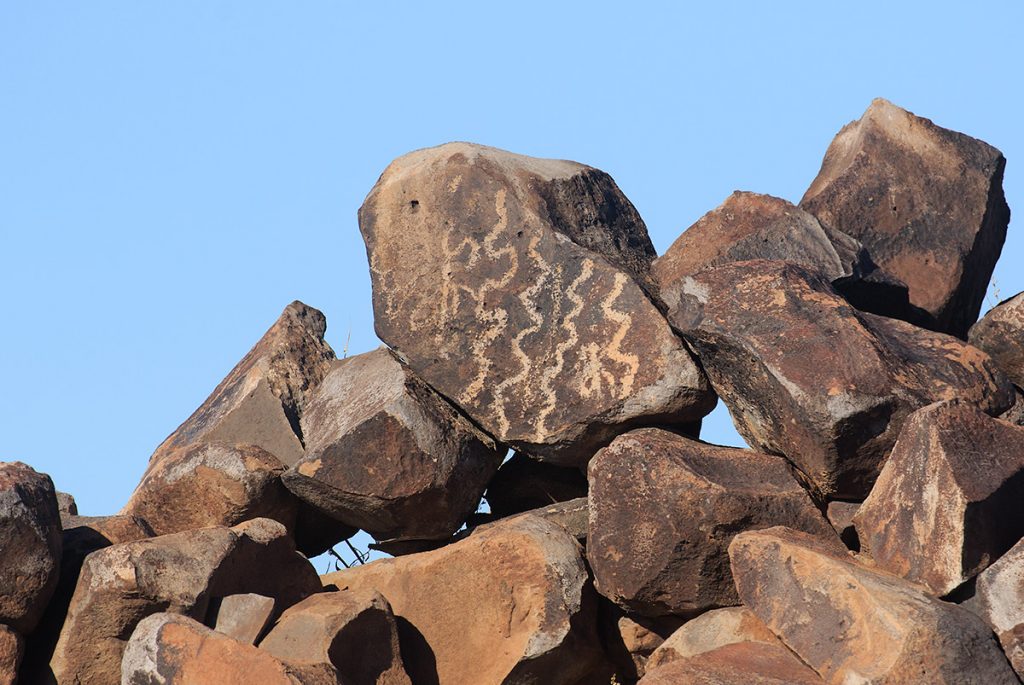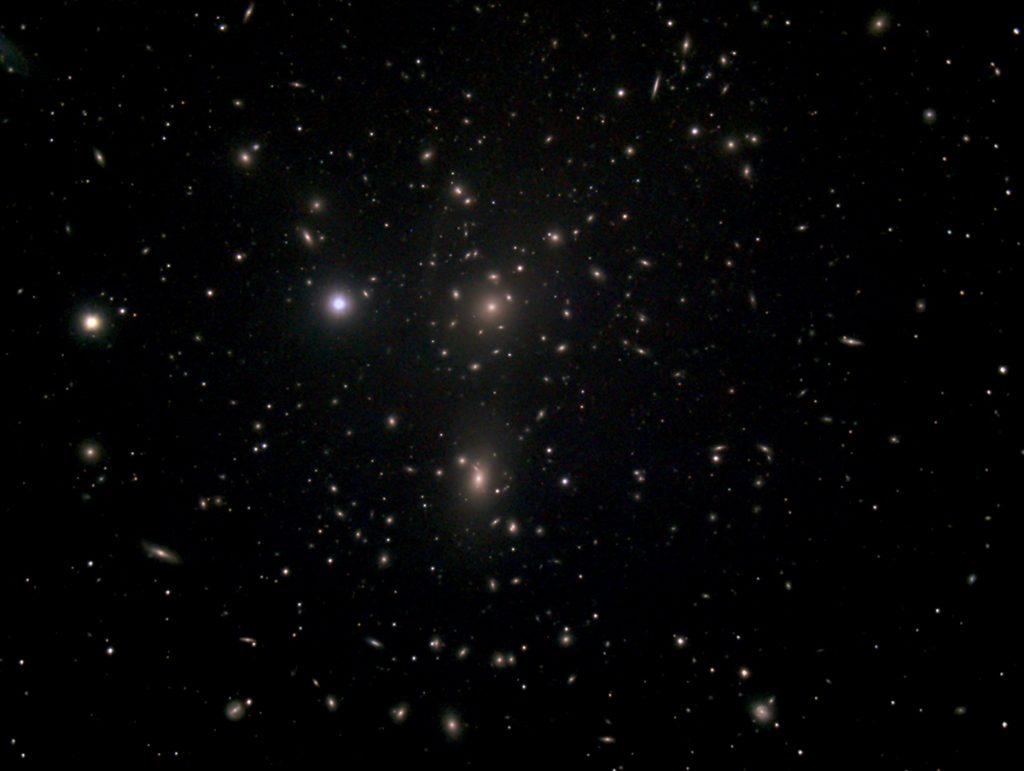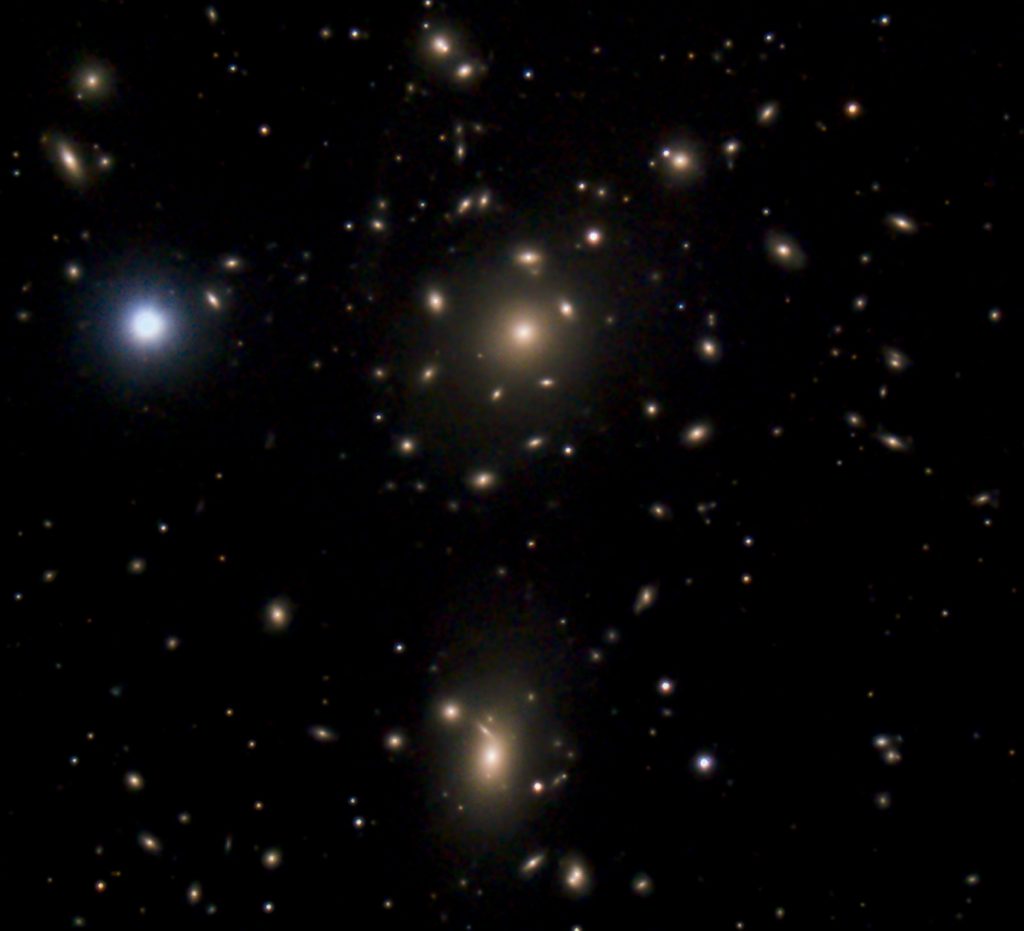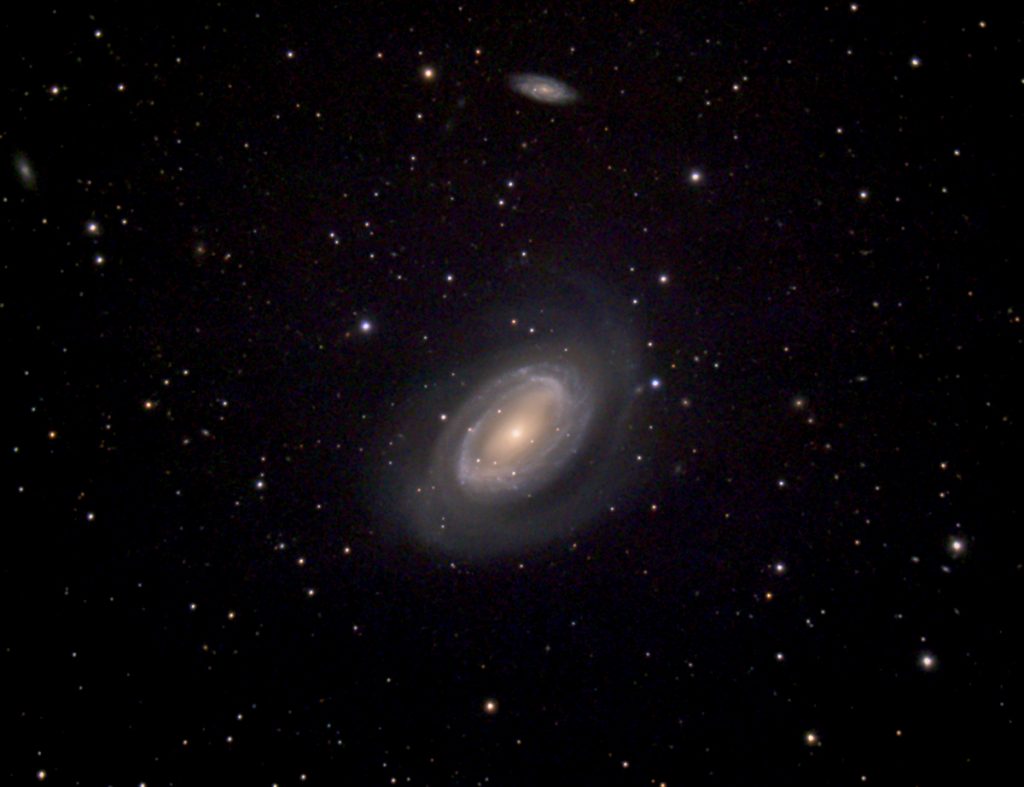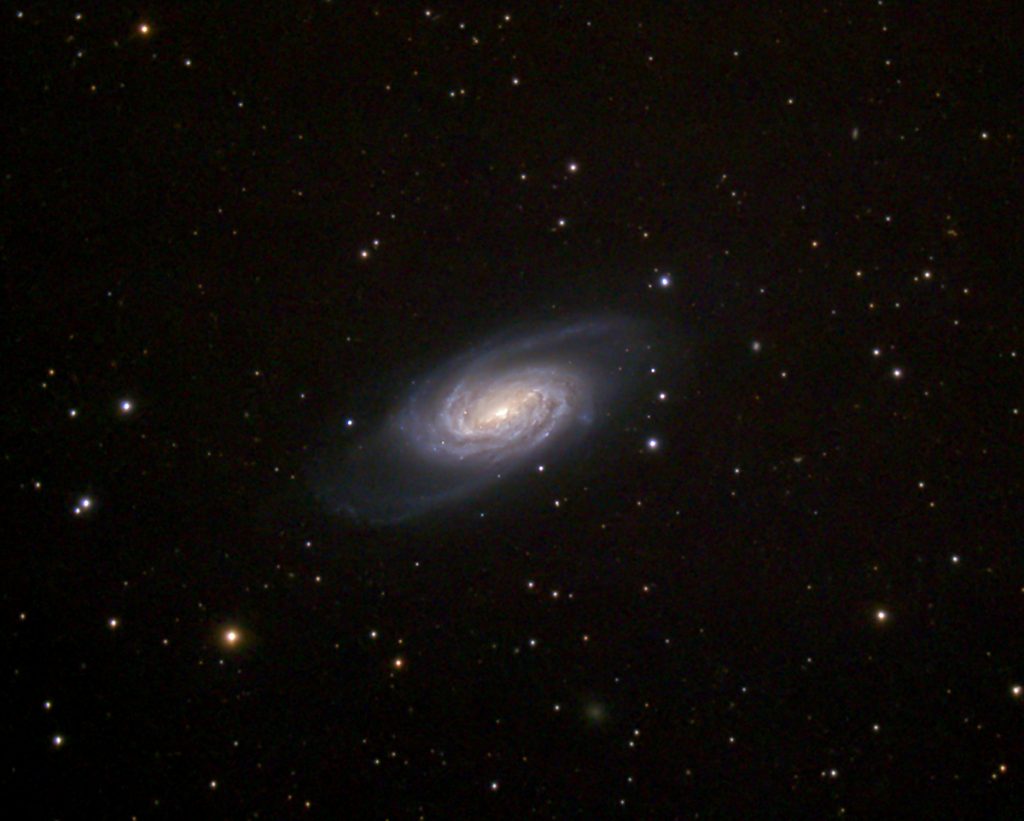This turned out about perfect for photography. The moon was rising over the Batamote Mountains but the sun was still up in the west. No bracketing, HDR, or other usual methods of combining overexposed and underexposed images were needed. Just the standard photoshop routine and this is what I got. Something I’d like to try is shooting the Andromeda Galaxy in a similar setting. If we could actually see the Andromeda Galaxy in its actual size, it would be 4 or 5 times wider than the full moon. It is too faint for our eyes but if I can photograph it setting behind the mountains here, it might be a nice image. I may be able to do that tomorrow night if I can find the right location. Timing and location will be important! Right now the galaxy is setting in the west from 9-10 PM but the moon comes up about 9:30 PM.


